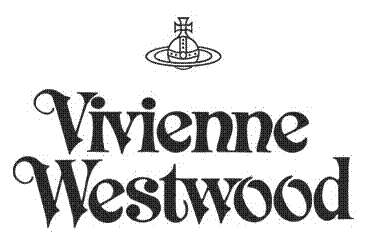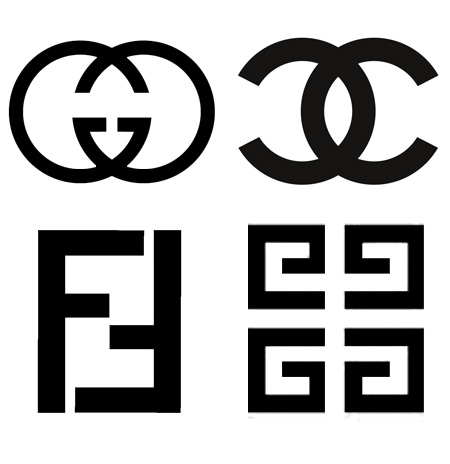Revisted...
The Body In Fashion Photography
Disappearance
of the body
Fashion
still life
produced
on a polished pewter plate covered with a
petroleum derivative called bitumen of Judea, which he then
dissolved in white petroleum. Bitumen hardens with
exposure to light. The unhardened material may then be washed away and the
metal plate polished, rendering a positive image with light regions of hardened
bitumen and dark regions of bare pewter. Niépce then began
experimenting with silver compounds based on a Johann Heinrich
Schultz discovery in 1727
that silver nitrate (AgNO3)
darkens when exposed to light.
Refined
the silver nitrate process. In 1833 Niépce died of a stroke, leaving his notes to Daguerre. On
January 7, 1839 Daguerre announced that he had invented a process using silver
on a copper plate called the daguerreotype,
first-ever
photograph of a person. It is an image of a busy street, but because exposure
time was over ten minutes, the city traffic was moving too much to appear. The
exception is a man in the bottom left corner, who stood still getting his boots
polished long enough to show up in the picture.
In
1832, French-Brazilian painter and inventor
Hercules Florence had already created
a very similar process, naming it Photographie.
a Tuscan noblewoman at the court of Napoleon III
In
1856, Adolphe Braun published a
book containing 288 photographs of her so she becomes one of the first fashion
models.
Early
modern fashion shoot
He
was a photographer for the Condé Nast magazines Vogue and Vanity
Fair from 1923–1938, and
concurrently worked for many advertising agencies including J. Walter Thompson. During these years
Steichen was regarded as the best known and highest paid photographer in the
world
though
perhaps best known for freeing women from corsets and for his startling
inventions including hobble skirts, "harem"
pantaloons, and "lampshade" tunics, Poiret's major contribution to fashion was his development of an
approach to dressmaking centered on draping, a radical departure
from the tailoring and pattern-making of the past. Poiret was influenced by
antique and regional dress, and favored clothing cut along straight lines and
constructed of rectangles. The structural
simplicity of his clothing represented a "pivotal moment in the emergence
of modernism" generally, and "effectively established the paradigm of
modern fashion, irrevocably changing the direction of costume history.
six
volumes of diaries were published, spanning the years 1922–1974. Recently a
number of unexpurgated diaries have been published. These differ immensely in
places to Beaton's original publications. Fearing libel suits in his own
lifetime, it would have been foolhardy for Beaton to have included some of his
more frank and incisive observations.
a
group of bohemian young aristocrats
and socialites in 1920s London. They threw elaborate
fancy dress parties, went on
elaborate treasure hunts through nighttime London, and drank heavily and
experimented with drugs—all of which was enthusiastically covered by the
journalists such as Tom Driberg. They inspired a
number of writers, including Nancy
Mitford (Highland
Fling), Anthony Powell (A Dance to the
Music of Time),
Henry Green (Party Going) and the poet John Betjeman (A
Subaltern's Love Song).
Evelyn Waugh's 1930 novel Vile Bodies is a satirical look
at this scene. Cecil Beaton began his career in
photography by documenting this set, of which he was a member.
In
1935, American Kodak introduced the first
modern "integral tripack" colour film
and called it Kodachrome
40’s
50’s hollywood glamour, retouching
lighting- more to do with portraiture and celebrity
.
British
Vogue
The
film Blowup (1966), directed by Michelangelo
Antonioni,
concerns the work and sexual habits of a London fashion photographer played by David Hemmings and is largely based
on Bailey.
he
"Swinging London" scene was aptly reflected in his Box
of Pin-Ups (1964): a box of
poster-prints of 1960s celebrities and socialites including Terence Stamp, The Beatles, Mick Jagger, Jean Shrimpton, PJ Proby, Cecil Beaton, Rudolf Nureyev, Andy Warhol and notorious East End gangsters the Kray twins.
Teller
studied at the Bayerische Staatslehranstalt für Photographie in Munich, Germany
(1984–1986). He emigrated to London, England in 1986.
Teller's
fashion photographs have been featured in The Face,Vogue (US, France,
England, Italy), Another, Index, W
Magazine, Self
Service, Details, Purple, i-D, and 032c, among others. Since 2004, Teller has shot campaigns
for Marc Jacobs. He has also shot
campaigns for Vivienne Westwood. Teller has recently
collaborated with Céline.
PHOTOSHOP IS INTRODUCED
Trend
for grittty realism of the 90’s
disappears
Return
to the idealised form s and bodies of the
1940’s 50’sHollywood glamour- sculpted by clothing, lighting hand retouching.
Bodies
and skin can be made perfect, bigger or smaller at whim
.
Ordinary
people/style
Versions
of the street style website from all over the
world
Founded 2007
Various bloggrs/photographers
eg Facehunter and The Sartorialist.
What
I wore today- outfit for every day.
UK,
24 years old
internet
sensation, went onto to get a book published
.
After the lecture, I also had a quick research into graphic used for fashion and how the two interlink...
Layout design
Web Design
Logo Design
















































Nshore is a professional and expert Photo editing and image retouching graphic design agency offers photo touch up service and Glamour Retouching service.
Leave your comment